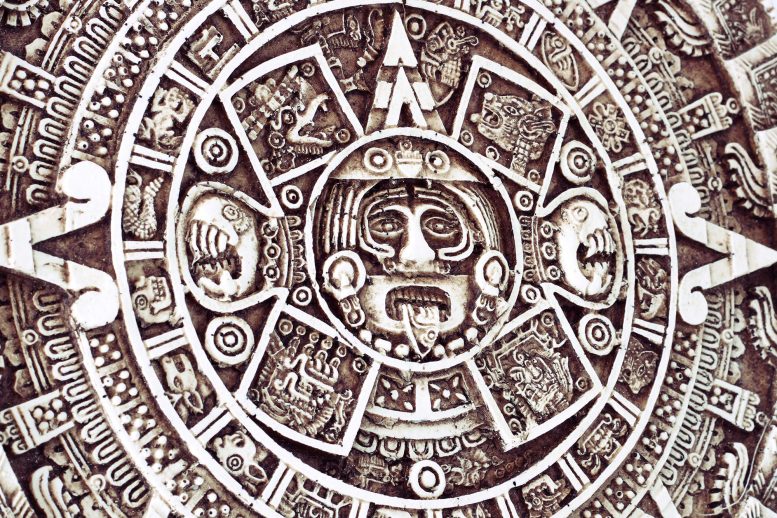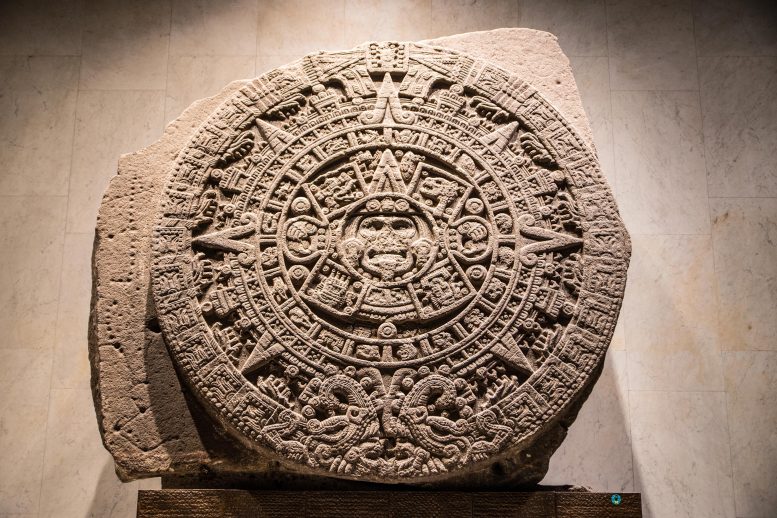
The long-standing mystery of the ancient Mayan 819-day calendar has been potentially deciphered by anthropologists from Tulane University, who found the calendar to be in sync with the synodic periods of all visible planets from Earth. Earlier, it was thought that the calendar referred to four cycles of 819 days, but this didn’t align with the synodic periods of Mercury, Venus, Mars, Jupiter, and Saturn. Instead, the researchers found that 20 cycles of 819 days, equating to about 45 years, align with the synodic periods of all these planets.
Anthropologists from Tulane University have potentially cracked the ancient Mayan 819-day calendar mystery. They discovered it aligns with the synodic periods of all visible planets over 20 cycles (about 45 years), not the previously thought four cycles. This insight reveals the ancient Maya’s profound understanding of astronomy and the complexity of their calendar systems.
The 819-day calendar used by ancient Mayans has long stumped researchers, but anthropologists from Tulane University may have finally deciphered its secrets.
Researchers long suspected the calendar followed astronomical events, specifically how long it takes a planet to appear in the same place in the night sky as seen from Earth, known as the synodic periods of planets. But, according to the study published in the journal Ancient Mesoamerica, the cycles in the Maya calendar cover a much larger timeframe than scholars previously thought.
“Although prior research has sought to show planetary connections for the 819-day count, its four-part, color-directional scheme is too short to fit well with the synodic periods of the visible planets,” wrote anthropologists John Linden, a Tulane alumnus, and Victoria Bricker, PhD, professor emerita at Tulane University School of Liberal Arts. “By increasing the calendar length to 20 periods of 819 days, a pattern emerges in which the synodic periods of all the visible planets commensurate with station points in the larger 819-day calendar.”
Previously, researchers thought the calendar referred to four cycles of 819, but that time span didn’t sync neatly with the synodic periods of all the planets that can be seen with the naked eye: Mercury, Venus, Mars, Jupiter, and Saturn. The researchers discovered it takes 20 cycles of 819 days, which is about 45 years, to align with the synodic periods of all visible planets.

The Mayan calendar not only tracks the planets’ position in the night sky but is also linked to key dates and celebrations. This breakthrough research sheds light on the sophisticated astronomical knowledge of the ancient Maya and helps to decode the complex Mayan calendars.
Within 20 cycles, each planet goes through some number of synodic periods a whole number of times: Mercury every cycle, Venus every 5 cycles, Saturn every 6 cycles, Jupiter every 19 cycles, and Mars every 20 cycles.
Each synodic period is less than 819 days, but only Mercury has one that happens a whole number of times within a single cycle. Combining the cycles allows for prediction of the placement of the planets, which Linden and Bricker say is also connected to important dates and celebrations.
“Rather than limit their focus to any one planet, the Maya astronomers who created the 819-day count envisioned it as a larger calendar system that could be used for predictions of all the visible planet’s synodic periods,” the authors wrote.
This research is a key part of understanding how the ancient Maya studied astronomy and is part of a decades-long quest to understand the complexity of ancient Maya calendars.
Reference: “The Maya 819-Day Count and Planetary Astronomy” by John H. Linden and Victoria R. Bricker, 18 April 2023, Ancient Mesoamerica.
DOI: 10.1017/S0956536122000323









Your probably wrong, Zachariah stitches was wrong too so is Graham Hancock. Archaix.com the man who is Jason from archaix.com will school all you!
If you cannot tell the difference between Maya and Aztec, then you shouldn’t be writing things like this because that shows your true level of ignorance.
SciTechDaily: Home of the best science and technology news since 1998. ???????
How hard is for you guys to find a picture of the real Mayan calendar?
The math doesn’t work. 819 days/cycle * 20 cycles = 16,380 days.
when you divide the synodic periods into 16380, you do not get the results claimed.
Mercury: 141.2 synodic periods per 16,380 days. We expected 20.
Venus: 28.04 (almost a whole number!) but not the 100 we were promised.
Mars: 21 (! a whole number), but not the 20 we were promised.
Jupiter: 41.05 (almost a whole number!) but not the 19 we were promised.
Saturn: 43.33 which is not the 6 we were promised.
The scholarship is highly suspect when I can disprove it with Excel and Google in half an hour!
Assume all 5 planets are perfectly aligned. How long til they are perfectly aligned again?
Prime analysis gives a very different result: not 16,380 days, but almost 21 billion years.
What could motivate this kind of fallacious “research?”